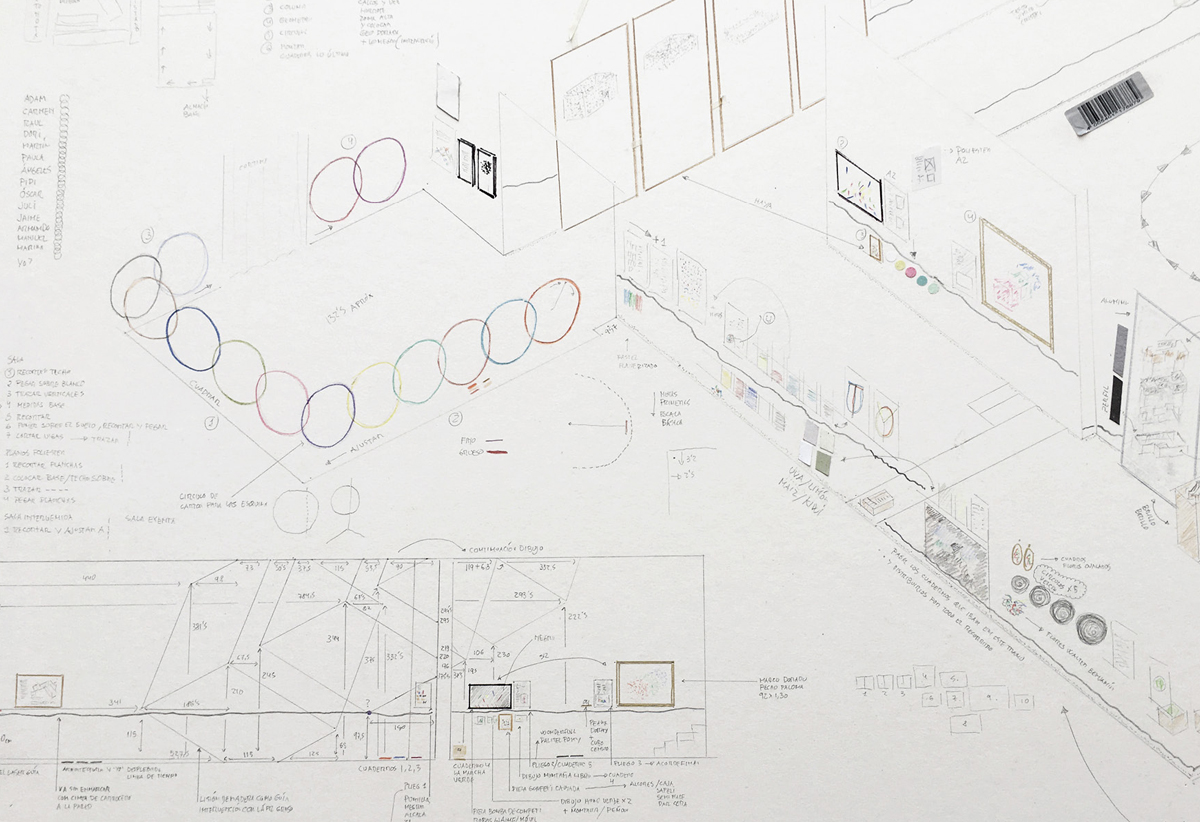

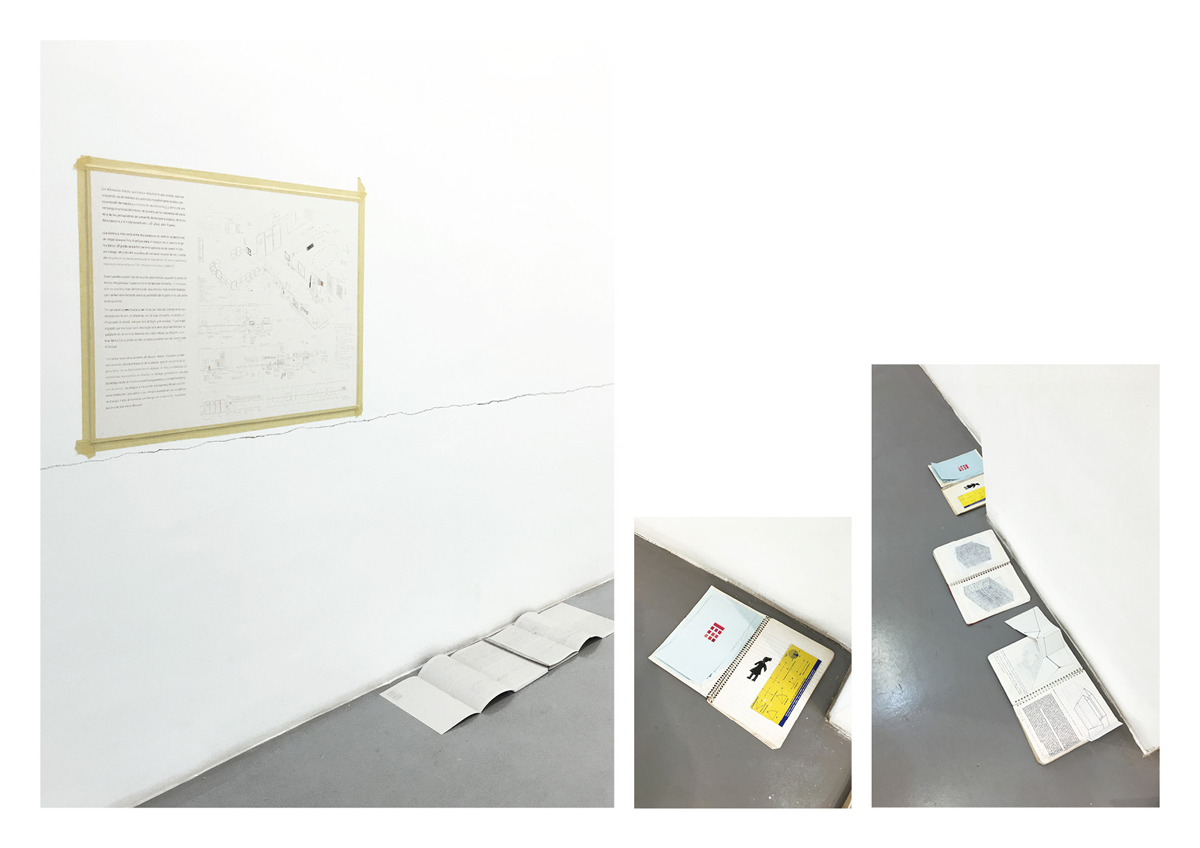






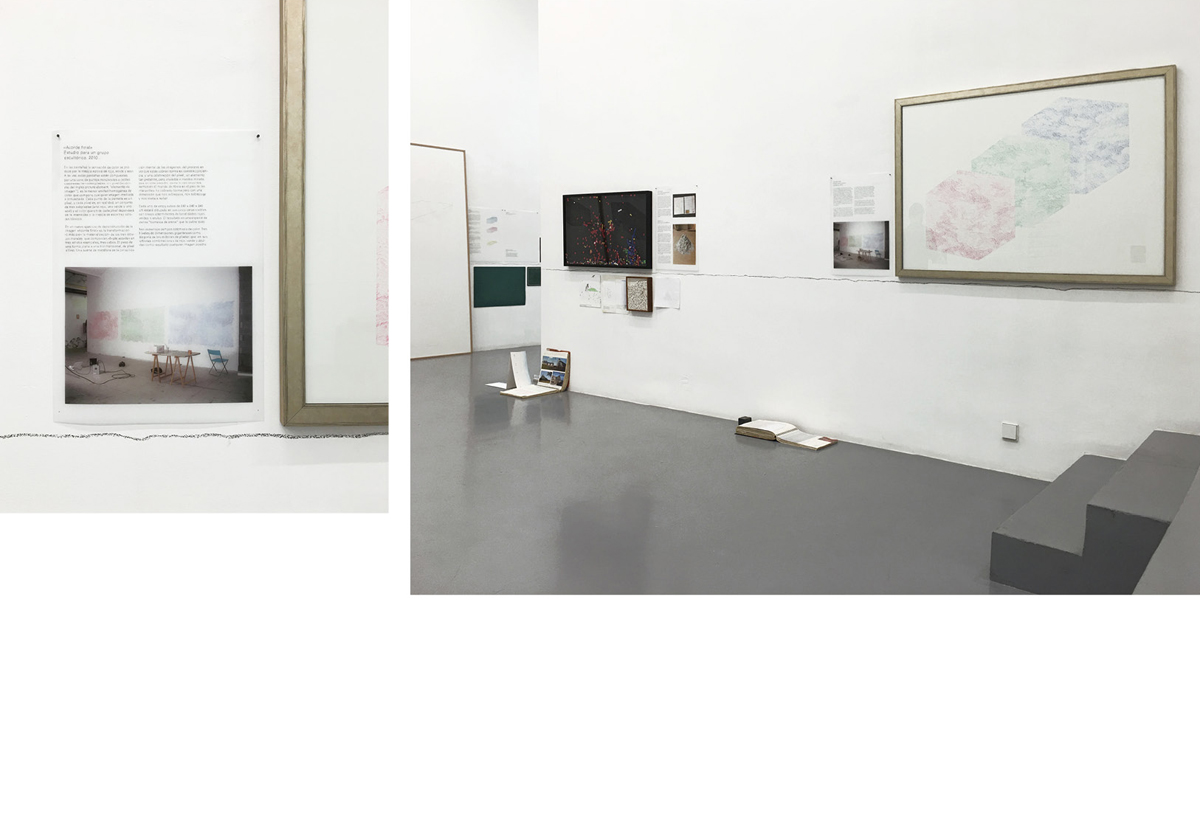





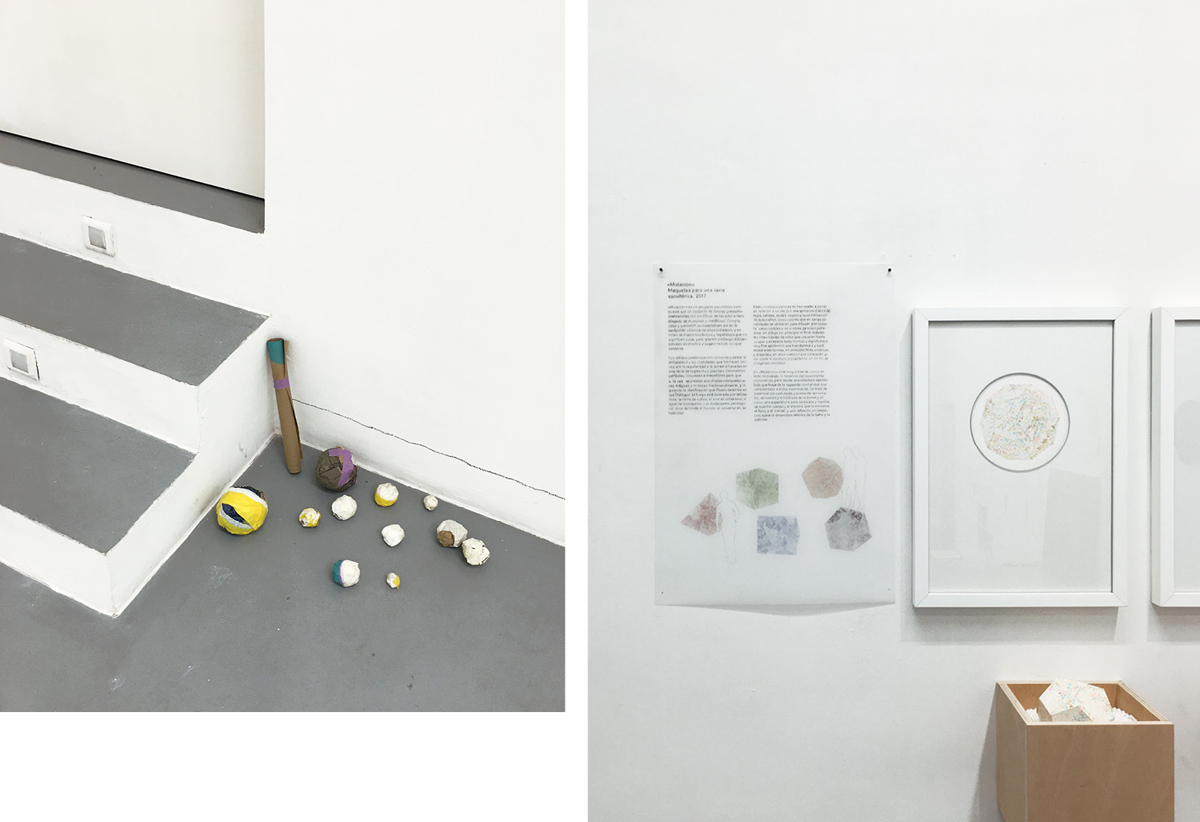


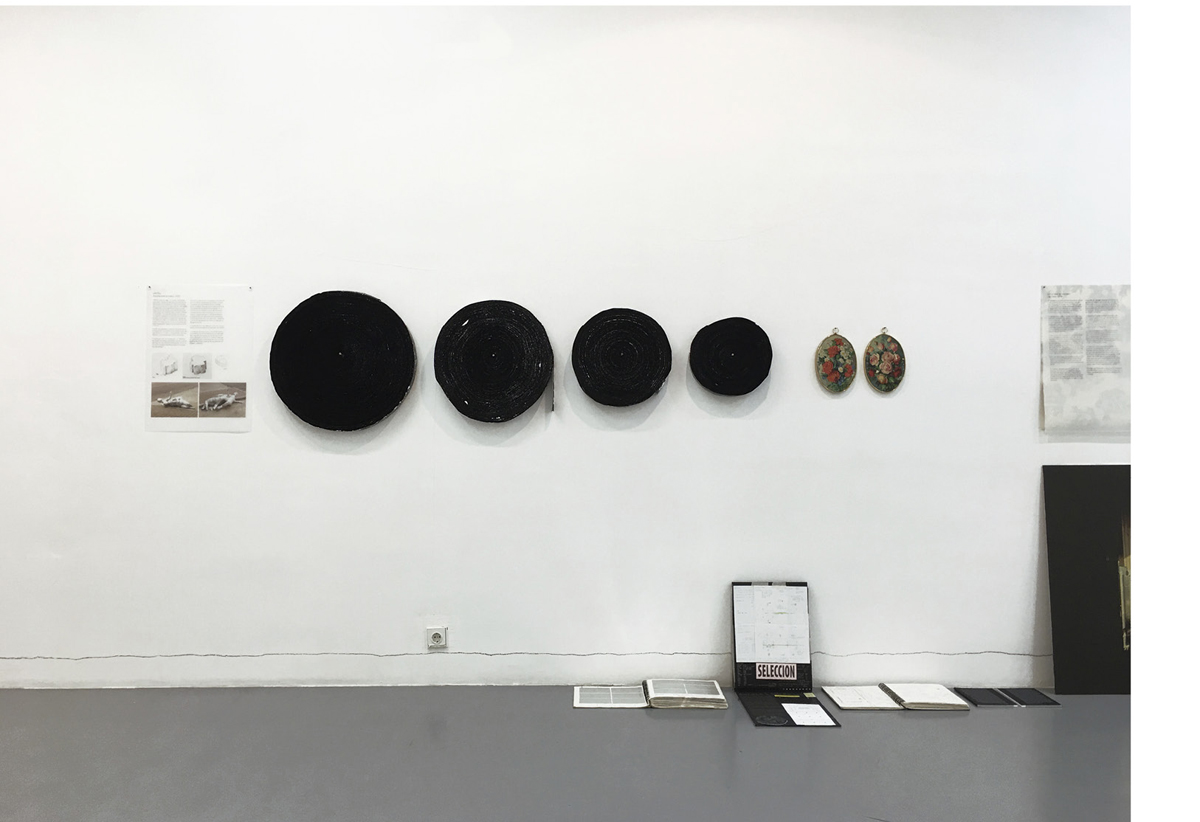


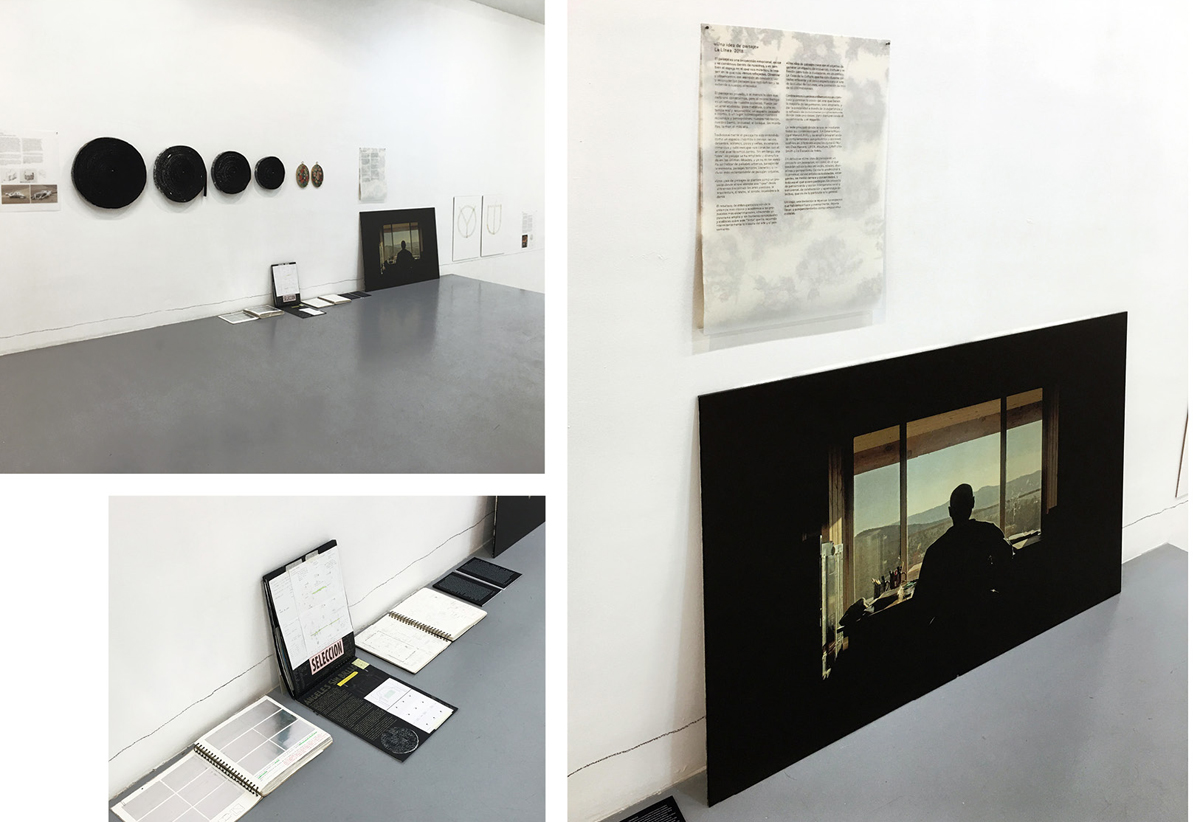





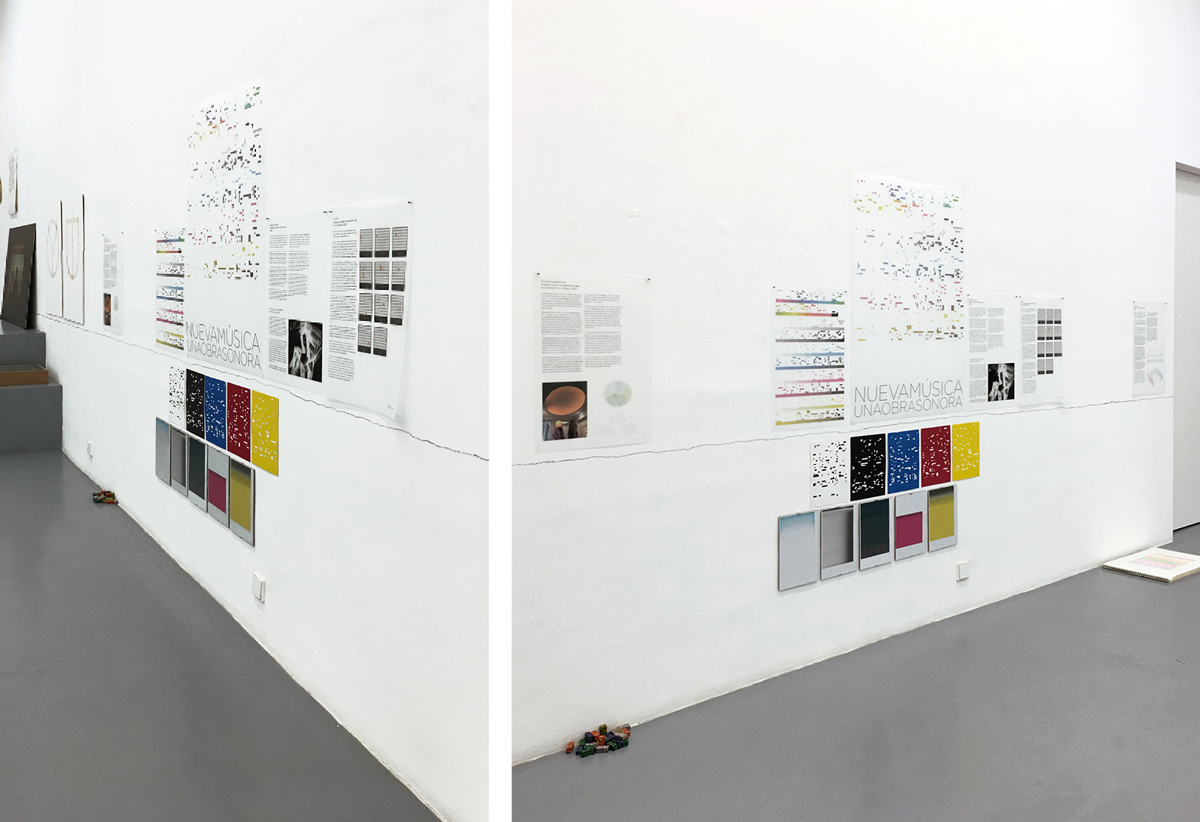

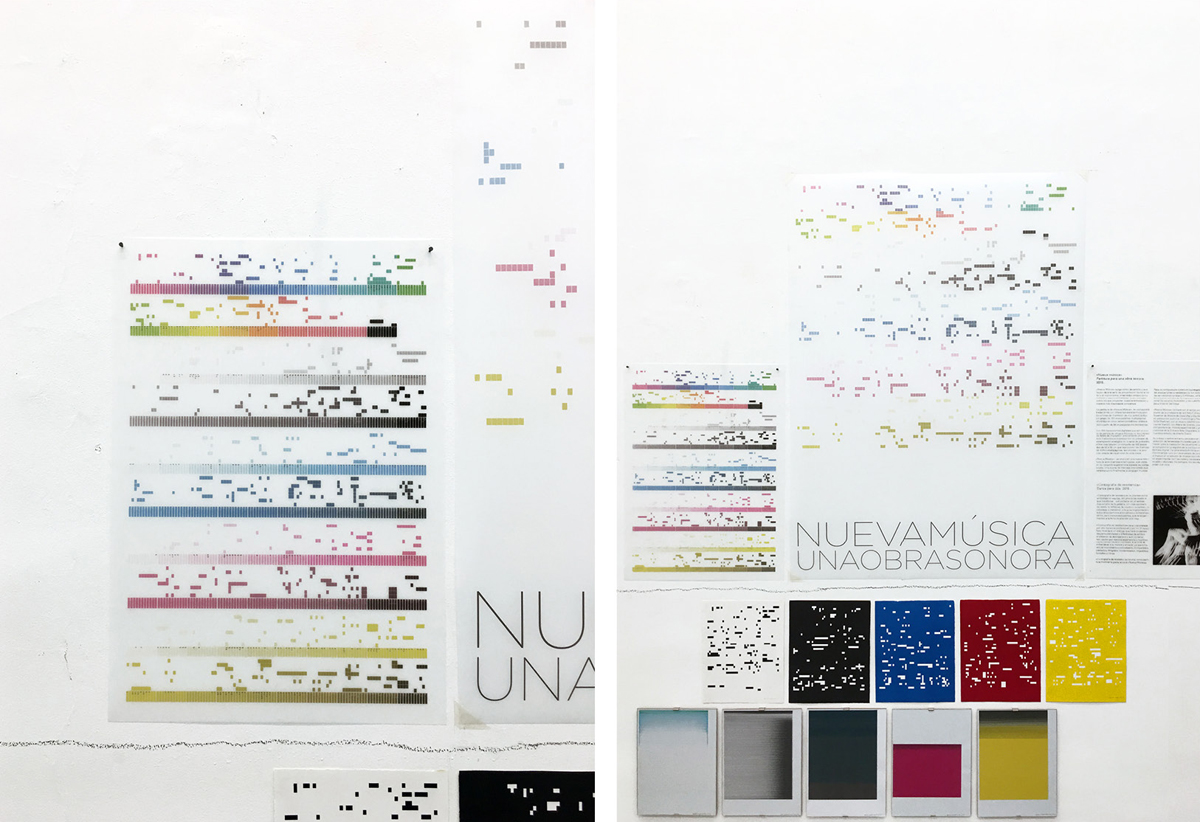




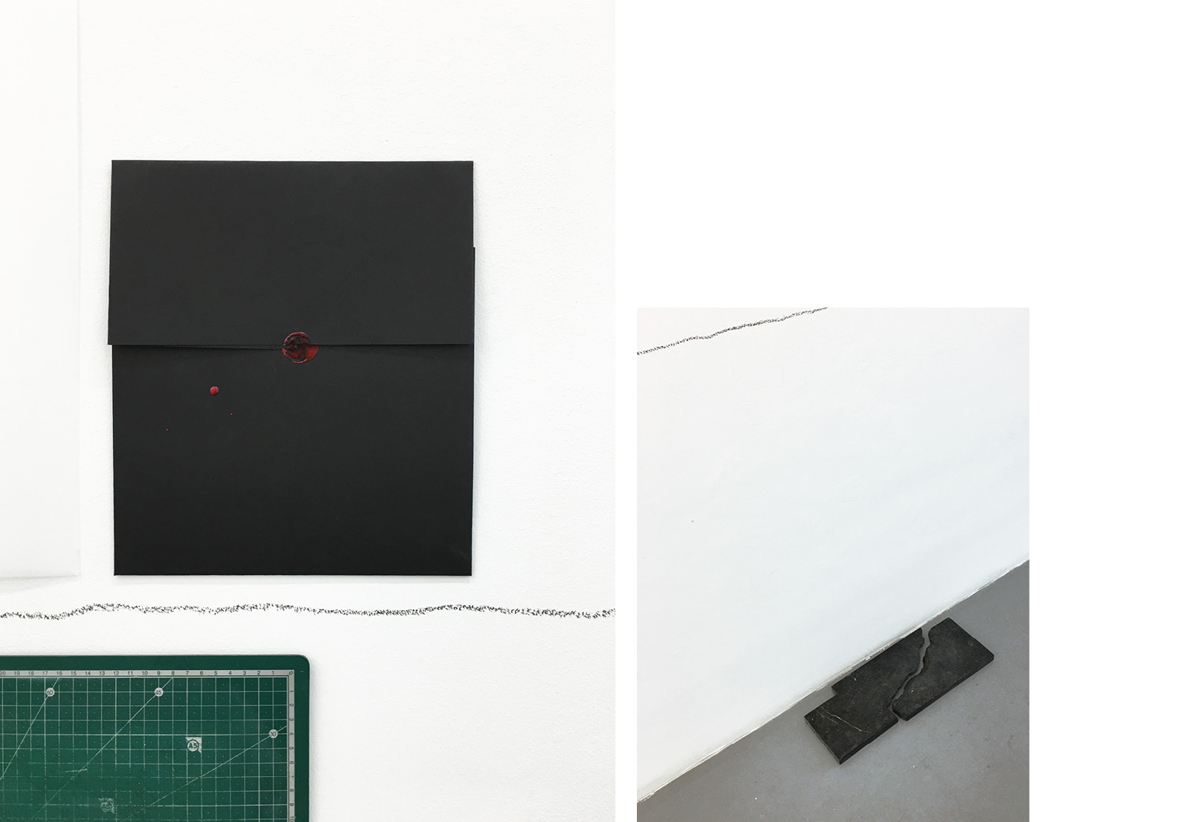
Juan Carlos Bracho_The Shortest Distance Between Two Points is a Leap in Time_11/13/21_01/08/22_Dossier
“Ordinary experience, from waking second to second, is in fact highly synthetic (in the sense of combinative or constructive), and made of a complexity of strands, past memories and present perceptions, times and places, private and public history….” The Tree, John Fowles.
“The Shortest Distance Between Two Points is a Leap in Time”, is a project designed specifically for the space of Galería Ángeles Baños. The starting point of this exercise is once again Bracho’s own work, and in particular this idea of circular narration, looping from here to there and back again, just as it was laid out on the first floor of Sala Alcalá 31 as part of the exhibition “Arquitectura y ‘Yo’” [Architecture and “I”] (Madrid, November 2019).
If on that occasion the work and documents followed the wake of time as delineated by the mural piece “Yo también lo haría” [I Would Do It Too], on this occasion it is a narrow horizon line—a minimal intervention traced out in charcoal directly along the gallery’s perimeter—that marks out the route. A horizon is a frontier, a limit, something beyond which is intimately related to the other, to what is different; it is related to the journey, dreams and utopia, to the imaginary, to what is visible—however far away—and invisible. And what better space than that site from where to unfold a series of projects that were left unfinished along the way, took alternative paths, never ended up taking physical form, are still pending, or whose processes are continually changing over time?
To formalise these ideas through drawings, texts, maquettes and interventions in the gallery space itself—which in a certain way is converted into a laboratory, where some are tested for the first time—is to relate them to each other, to put them into dialogue, making clear that a work/idea exists in many accumulative, overlaying parallel and complementary realities, one never excluding the other—from this “first revelation”, which is almost always annotated in his notebooks, to the moment and time of its execution, presentation and whatever comes after.
with the support![]()
